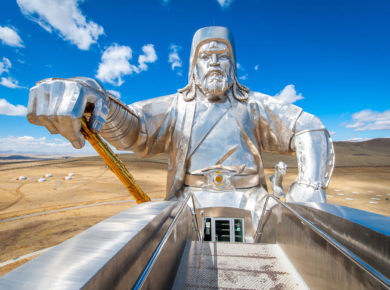Tonight (UTC time), Bitcoin (BTC) mining difficulty dropped for the first time in two months almost as estimated. Meanwhile, after selling more BTC than was generated in the past week, it seems that miners started to hoard more.
BTC mining difficulty, the measure of how hard it is to compete for mining rewards, decreased by 2.87%, to 16.85 T. This on its own is still the second-highest BTC mining difficulty in its history – right after the 17.35 T it saw mid-July.
The drop follows one unchanged difficulty adjustment and two significant rises that had pushed the measure over the mentioned 17 T.
The mining difficulty of Bitcoin is adjusted every two weeks (or more precisely, every 2016 blocks) to maintain the normal 10-minute block time. According to BitInfoCharts.com, it has been moving between 8 and 12 minutes since the past adjustment, now being at around 9 minutes and 30 seconds.
Hashrate, or the computational power of the network, is still on the rise, now standing at 125.72 EH/s. Seven-day simple moving average numbers show just above 10% rise since the latest upwards trend started on July 23.
At the same time, the price of bitcoin surpassed the USD 10,000 level, quickly followed by the USD 11,000 level.
Meanwhile, in the past day, miners decided to keep more of their coins after selling more BTC than it was generated in the past week, according to data from ByteTree.
Currently (10:17 UTC), bitcoin is trading at USD 10,667, having appreciated 4% in a day and 14% in a week.











